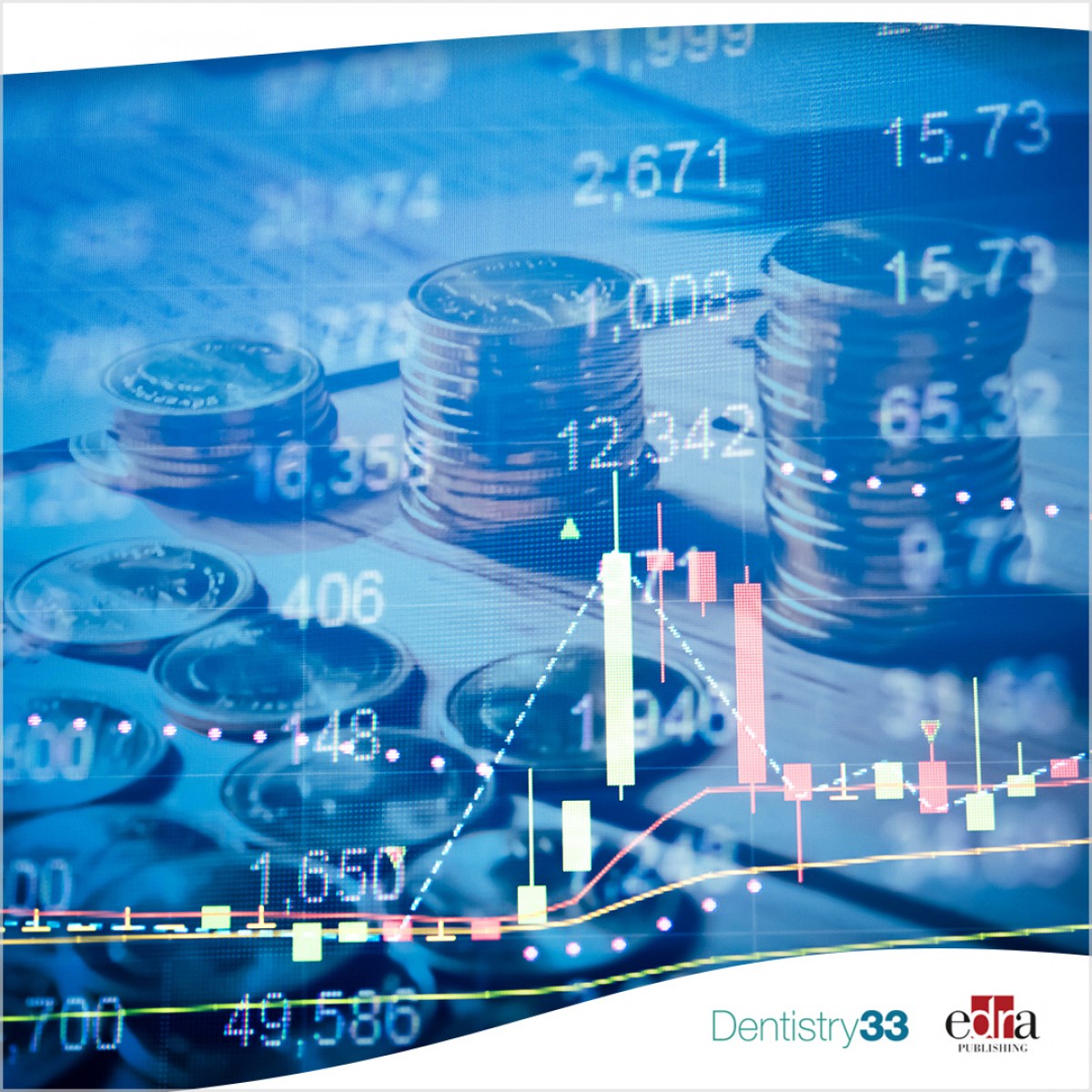
Time horizon: Should it be calculated before investing?
Luigi Campopiano
Historical experience teaches us that stocks yield more than bonds in the long run. But what proportion should be attributed to these two components in a portfolio?
The time horizon, or how long an investment is expected to be held in a portfolio before being liquidated, is a fundamental component of the answer.
If the goal of investing is to increase one's wealth, why not always choose the asset classes that statistically yield the most? Why not invest 100% of the portfolio in stocks, which have historically increased in value much more than bonds or real estate?
The answer is simple: Stocks yield more, provided that the investment duration is sufficiently long. Therefore, proper planning must consider the time horizon. If it is miscalculated, investing could result in losses rather than gains.
The history of markets helps us understand the importance of the time horizon. If we had invested $100 in the S&P 500 at the beginning of 1928, just before the terrible Crash of '29, how much would we have gained in the following years?
We would have lost money by liquidating the portfolio in six out of the next ten years: at the end of '30, '31, '32, '33, '34 and '37. A 10-year time horizon would not have guaranteed a gain.
By the end of 1937, the initial $100 would have become $94. However, waiting another 10 years would have paid off: By the end of '47, the initial investment would have grown to $217.39.
After 30 years, in '57, the initial amount would have increased to $999. Excluding dividends, the last year in which the initial $100 invested in the S&P 500 would have fallen below the starting levels was the end of '41.
This example illustrates that even over more than a decade-long horizon, stocks can potentially yield losses. Loss becomes inevitable when one is forced to liquidate an investment to meet immediate expenses. If this happens, then the planning of the time horizon was flawed, as the goal is to liquidate with a profit.
Is it better to choose safer investments that decrease less when things go wrong?
Let's compare the earlier period but with the safer asset class. If we had invested $100 at the beginning of '28 in a three-month U.S. Treasury Bill, we would have obtained better returns than those who invested in stocks at the end of seven of the next 10 years.
By '37, while stocks would have been worth $94, the treasury bill would have increased to $117. In the following decade, however, treasury bills would have "won," offering better value only in three years. By '47, stocks would have soared to $217, while the bonds would offer $120.
In short, over the long term, stocks would have offered much more return than ultra-safe bonds, but with an important note. Over the examined period, stocks were negative and would have resulted in a loss if liquidated for seven out of 20 years.
The lesson learned is: When planning to regain the invested funds within a few years, investing solely in assets that yield the most in the long term can be counterproductive and risky.
To calculate one's time horizon, reference can be made to the remaining life expectancy. Younger investors can achieve better results by including more stocks in their portfolio and a smaller portion of defensive investments.
As years pass and retirement approaches, the level of risk should gradually decrease to avoid the risk of pension savings being wiped out by a stock market crash. As recent experience has taught us, financial collapses are inevitable, and the recovery times to return to previous levels can be noticeably short or even exceptionally long.
 Related articles
Related articles
News 30 October 2025
GTCR, a leading private equity firm, announced the simultaneous signing and closing of a strategic, structured minority investment in Solmetex (the “company”).
vVARDIS, a Swiss high-growth dental company, and OrbiMed, a leading healthcare investment firm, recently announced the closing of a $35 million financing.
Smile Partners USA (“Smile Partners” or the “company”), a portfolio company of Silver Oak Services Partners LLC (“Silver Oak”), announced today a strategic investment from a new...
Market 29 November 2024
In financial markets, the butterfly effect is not uncommon—a phenomenon where small changes in conditions can lead to significant long-term variations in a system's behavior.
Their gift is the latest for the Power of 1,000 Campaign, which aims to raise $1 million for the mobile clinic to allow for treatment to even more underserved communities across Southern California.
 Read more
Read more
Digital Dentistry 19 November 2025
Increasing awareness of tooth fracture, both complete and incomplete, as a significant disease entity has led to improved diagnostic techniques.
Editorials 19 November 2025
As Ellen Simmons-Shamrell of the Class of 1977 wrote her annual check for the Michael D. Scotti, DMD Endowed Scholarship—established in memory of her late classmate—she reflected on how different...
Products 19 November 2025
Smartee Denti-Technology has unveiled the Smartee Digital Orthodontic Technology Exhibition Hall, a 1,200-square-meter space dedicated to showcasing the company’s innovations in clear aligner...
News 19 November 2025
Coupa, the global leader in AI-powered spend management, today announced a new collaboration with Specialized Dental Partners, a premier dental support organization (DSO) dedicated to enabling its...
News 19 November 2025
Breakthrough T1D has been selected as a 2025 Health Access Hero Award grant recipient by Sun Life U.S. and DentaQuest.















